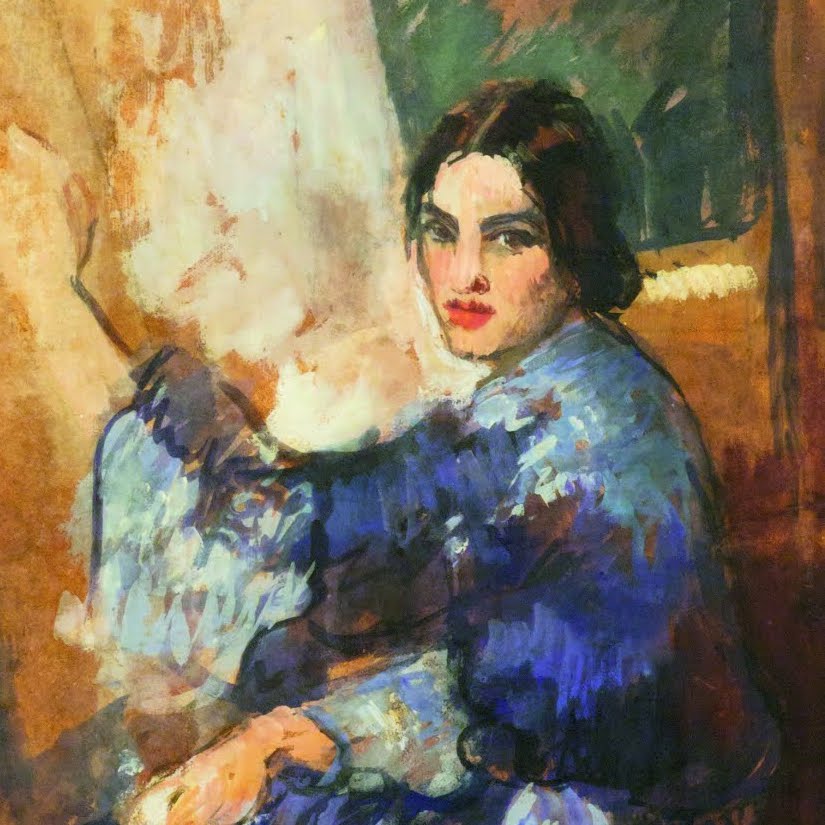|
Amrita Sher Gil, Self-Portrait (1917)
Course Format:
|
We seem to be living a feminist moment. But the movement’s current popularity brings with it confusing paradoxes and mixed messages. Is it truly a boon that corporations and marketing companies embrace the rhetoric of feminism to sell products? We have our first female Vice President. And yet, the Covid crisis pushed some 3 million women out of the workforce. Everywhere, gender binaries are being questioned even as gender reveal parties are all the rage. How can we as teachers and mentors to young people, help them navigate these mixed messages?
This course is an opportunity to explore 8 themes that can serve as a road map for teaching about intersectional feminism in your class. Because they invite both broad analysis and individual introspection, these theme/question pairings can be used in many ways, across various subjects, such as to guide unit plans, anchor essay topics, or stimulate conversation. No single feminism suffices in today’s world. Rather than taking a unilateral approach that examines gender in isolation, we will take an intersectional approach that addresses the overlapping systems of power that shape individual lives, especially race, class, sexuality, gender identity, religion and country of origin. We’ll discuss intersectionality in detail throughout the course as well as what it means to take a trans-inclusionary approach to feminism and gender equity. Each session will be a blend of literary analysis and historical inquiry that includes a close reading and discussion of our principal reading (see syllabus below) as well as a presentation on a peer-reviewed article to deepen our understanding of the current scholarship. Teachers will complete the course with a list of rich and varied resources to accompany each theme/question as well as complete unit plan for one of their own courses.
Financial aid is available. Email [email protected] or call (212) 390-1745 to discuss options.
|
Syllabus (Meetings take place the 2nd Tuesday of every month, October through May)
Date (2nd Tuesday of every month) |
Theme |
Question |
Reading |
October 12 |
Invisibility |
What keeps some people and experiences from being seen? |
Gender Talk, Beverly Guy-Sheftal & Johnetta Besch-Cole |
November 9 |
Carelessness |
Why do some people get to be careless while others do not? |
Reading Lolita in Tehran, Azar Nafisi |
December 14 |
Resistance |
What does resistance in a dominating culture look like? |
Romeo and Juliet, William Shakespeare |
January 11 |
Solidarities |
How can we define an inclusive feminist consciousness? |
Whipping Girl, Julia Serano |
February 8 |
Victims/Heroes |
Who benefits from a culture of fear? |
Do Muslim Women need Saving? Lilah Abu-Lughod |
March 8 |
Normal |
How does the media reflect and enforce narrow cultural norms? |
The Queer Art of Failure, Jack Halberstam & Bad Feminist, Roxane Gay |
April 12 |
Sacrifice |
When is a sacrifice a choice? |
“From #MeToo to #WeStrike- What can the #MeToo Movement Learn from Latin American Feminists?” Liz Mason Deese |
May 10 |
Intimacy |
How can you form sincere bonds in a society preoccupied with power? |
The Roundhouse, Louise Erdrich |
Can't make the course or want to go deeper into the material?
We work with teachers and schools to figure out the professional development schedule and format that is right for you. We offer teacher coaching for individuals and small groups as well as tailored faculty workshops.
